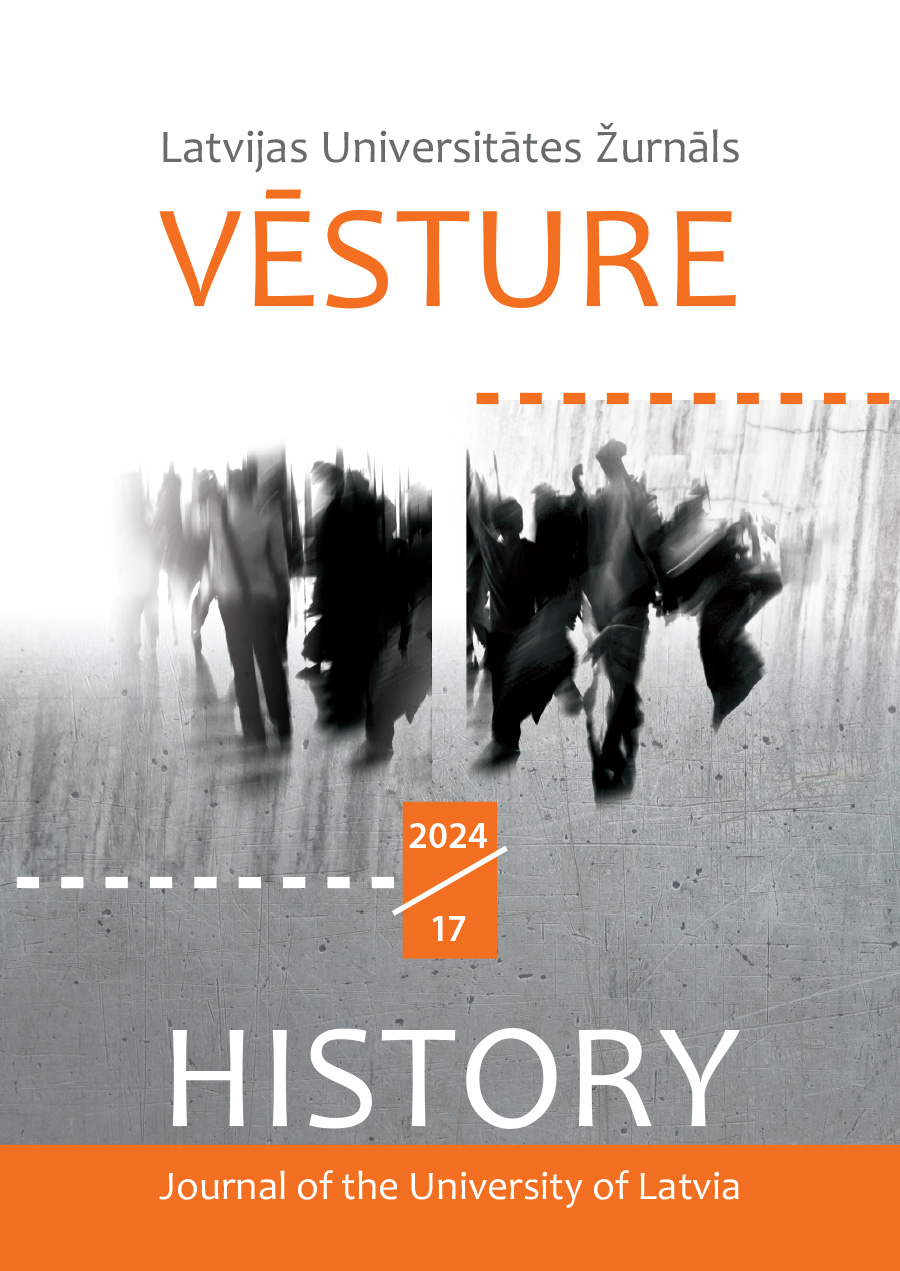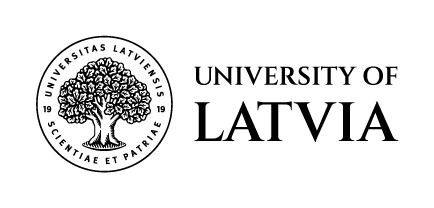Lady Muriel Paget’s Mission to Daugavpils (Part I)
DOI:
https://doi.org/10.22364/luzv.17.03Keywords:
Baltic states, history, Daugavpils, philanthropy, child-careAbstract
In February 1920, Lady Muriel Paget established a children’s hospital in Daugavpils. It was the start of a relief Mission which operated until the autumn of 1922, taking the form eventually of infant welfare clinics and feeding kitchens. From the start of 1921, this Mission was broadened to include Riga and, ultimately, Tallinn and Kaunas; but the core of the operation remained Daugavpils. This article explores the centrality of Daugavpils to the work of the Mission, the evolution of Lady Muriel’s ambitions, and the often fraught relationship with her chief funder, the Save the Children Fund (SCF).
The article is published in two parts. Part I discusses the origins of the Mission in Lady Muriel’s concern to gain access to northern Russia, and the debate about the nature of the Mission – whether to concentrate on a single hospital or to broaden the reach of the Mission through a network of welfare clinics and feeding kitchens, issues finally resolved by Lady Muriel’s own dramatic visit to Daugavpils in October 1920. Part Two considers the evolution of the Mission in 1921–22, once the support of the SCF had been obtained for an endeavour focused on the Baltic states rather than Daugavpils alone. It focuses on the difficult relationship between the Mission and its chief supporter, the SCF, and differing understandings of the nature of relief work. The SCF cut funding for the Mission on the grounds that the situation in the Baltic states was no longer an emergency. However, it did agree to some additional funding after the Daugavpils flood of April 1922.
Downloads
Published
Issue
Section
License
Copyright (c) 2024 University of Latvia

This work is licensed under a Creative Commons Attribution-NonCommercial 4.0 International License.


